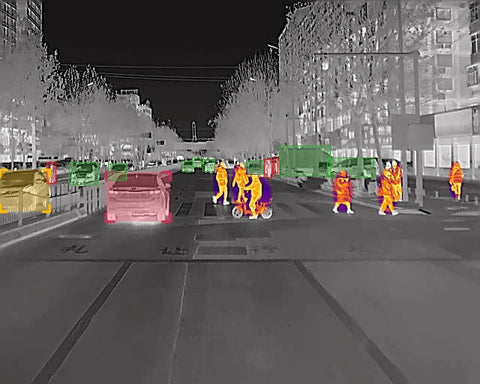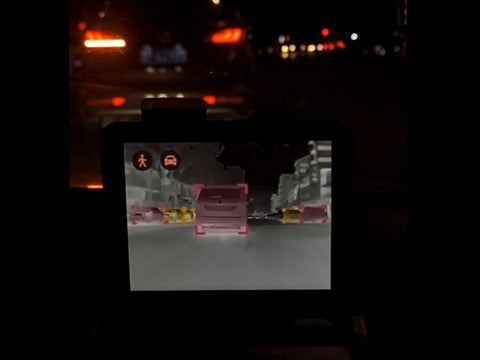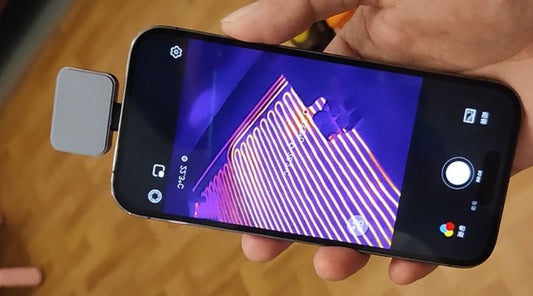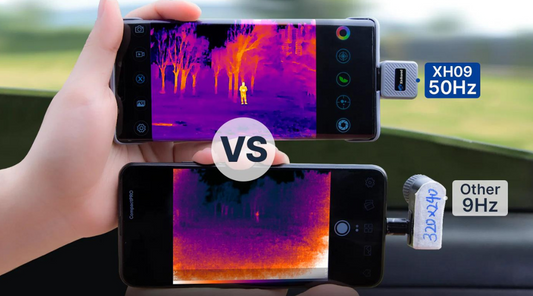Future-Proofing Safety: The Next Wave of Night Vision in Cars
In today's fast-paced world, where technology is advancing at an unprecedented rate, it's essential to stay ahead of the curve when it comes to safety on the road. Nighttime driving presents its own set of challenges, from reduced visibility to the increased risk of accidents due to limited reaction times. However, as automotive technology continues to evolve, so does our ability to enhance safety measures, and one of the most promising advancements in this regard is the next wave of night vision in cars: infrared thermal imaging.
Understanding Infrared Thermal Car Night Vision
Imagine driving down a dark, winding road with only your headlights to guide you. Suddenly, a pedestrian appears out of nowhere, seemingly invisible in the shadows. This scenario is all too common, but with infrared thermal car night vision, it could become a thing of the past. Unlike traditional night vision systems, which rely on visible light, infrared thermal imaging detects heat signatures emitted by objects, allowing drivers to see beyond the reach of their headlights, even in complete darkness.

Benefits of Infrared Thermal Car Night Vision
The benefits of infrared thermal car night vision are clear. By providing enhanced visibility in low-light conditions, this technology allows drivers to spot pedestrians, cyclists, and animals that may not be visible with the naked eye or standard headlights alone. Additionally, infrared thermal imaging can detect objects at greater distances, giving drivers more time to react and avoid accidents. Studies have shown that vehicles equipped with night vision systems experience fewer accidents, highlighting the potential lifesaving benefits of this technology.

Implementation of Infrared Thermal Car Night Vision
Many automakers are already integrating infrared thermal car night vision into their vehicles' safety systems to enhance driver awareness and improve overall road safety. These systems are typically integrated with existing onboard cameras and display screens, providing real-time thermal images of the road ahead. While initially only available in high-end luxury vehicles, infrared thermal car night vision is becoming more widespread and accessible across different car models and makes, ensuring that more drivers can benefit from this lifesaving technology.

Future Trends and Innovations in Night Vision Technology
Looking ahead, the future of night vision technology holds exciting possibilities. Advancements in infrared thermal imaging are expected to further improve image clarity and sensitivity, allowing for even better detection of hazards on the road. Moreover, the integration of night vision systems with autonomous driving technologies could revolutionize the way we navigate roads at night, potentially reducing the incidence of accidents caused by human error.

Future-proofing safety on the road is crucial, especially when it comes to nighttime driving. With the next wave of night vision technology in cars, such as infrared thermal imaging, we have the opportunity to significantly enhance driver awareness and reduce the risk of accidents. By staying ahead of the curve and embracing innovative safety measures, we can create a safer, more secure future for drivers everywhere.




